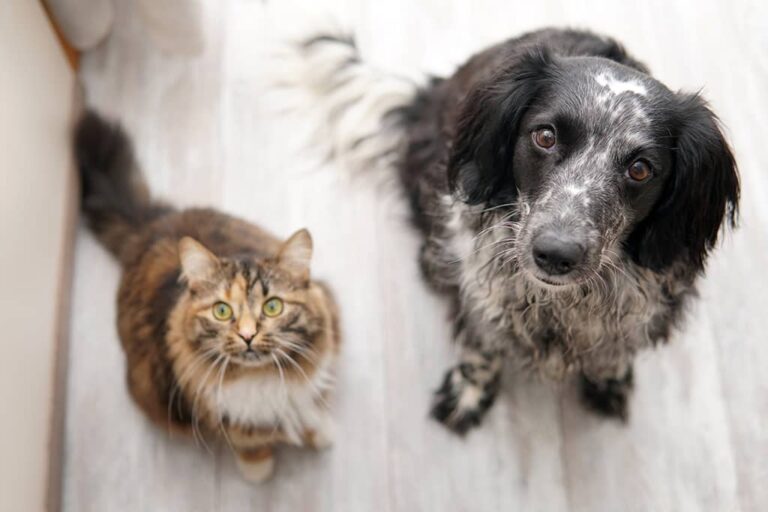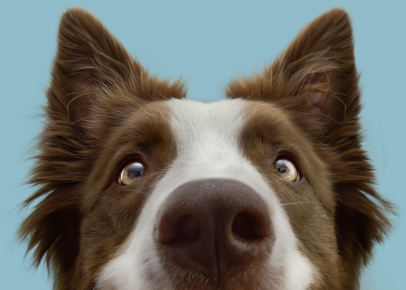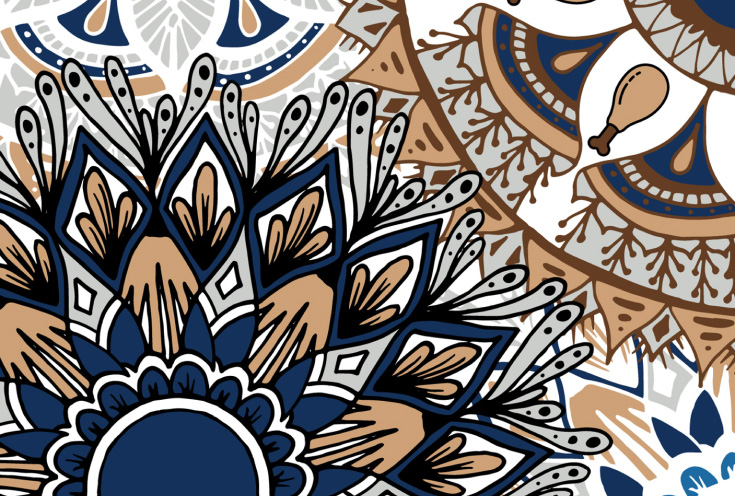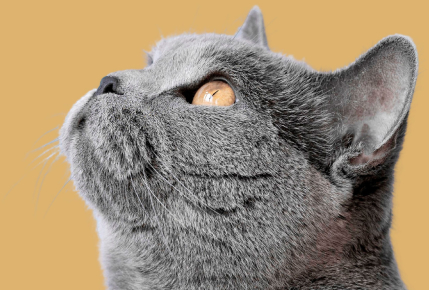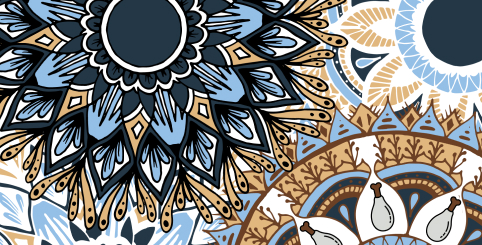Why do some pets consume Grain Free or an alternative Grain Inclusive food? Are there any health advantages of one diet versus another?
Firstly, when deciding what diet to feed a dog or cat, the most important consideration is whether it provides both complete and balanced nutrition, providing all the key nutrients, in the right proportions. High quality complete and balanced nutrition can be achieved in both a grain free and grain inclusive recipe.
Ultimately, the nutrient profile of any product is more important than any one ingredient.
How should owners choose whether their pet should eat a Grain Free or Grain Inclusive food, and is one diet better than another?
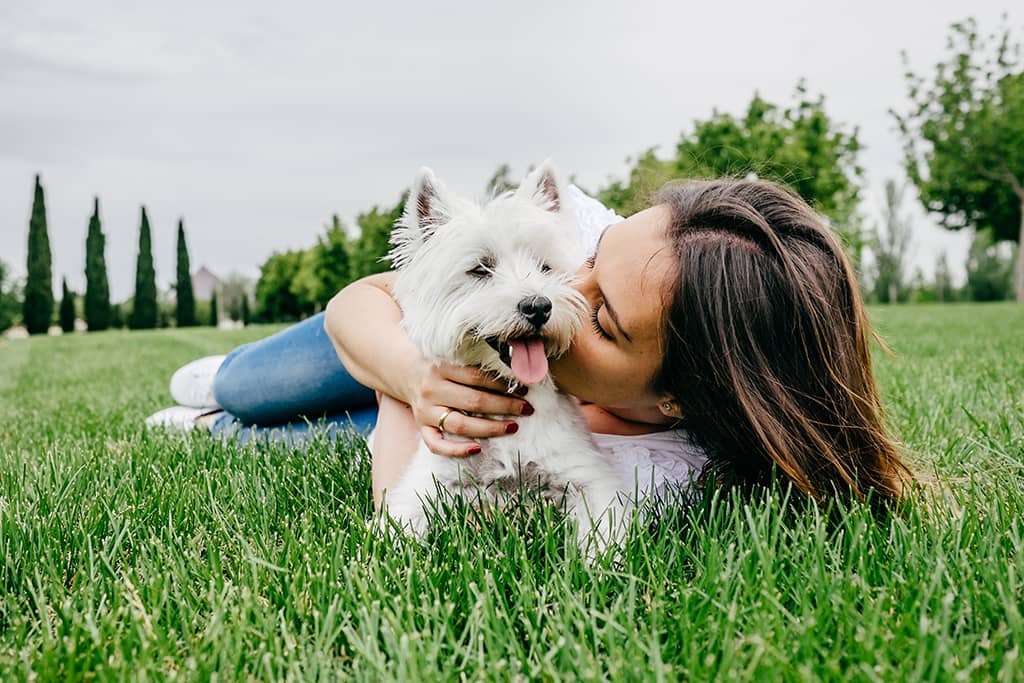 For the vast majority of dogs and cats, a grain free or grain inclusive recipe will be perfect. Both choices will provide complete and balanced nutrition, and each recipe will be highly digestible. Both the grain free and grain inclusive carbohydrate ingredients, gram for gram, will contribute the same amount of energy to the recipe, important for day-to-day activity.
For the vast majority of dogs and cats, a grain free or grain inclusive recipe will be perfect. Both choices will provide complete and balanced nutrition, and each recipe will be highly digestible. Both the grain free and grain inclusive carbohydrate ingredients, gram for gram, will contribute the same amount of energy to the recipe, important for day-to-day activity.
The best way to ensure a healthy diet is to feed a complete and balanced pet food that’s appropriate to the pet type (e.g., breed size, activity level) and their life stage (Kitten, Adult, or Puppy). Then, once an initial selection of a brand is made, then it comes down to consumer choice, a grain free or grain inclusive recipe. There is no “wrong” choice.
Why are they good, and what are the benefits of Grain Free or Grain Inclusive food?
Both grain free, and grain inclusive foods, provide equal health benefits as they contain carbohydrate, sometimes referred to as starch (one example of a carbohydrate, sugar is another example). This carbohydrate is a very important source of energy for both dogs and cats, and no matter if it is grain free or grain inclusive, this energy is needed for day-to-day activity.
Additionally, by providing energy from carbohydrate, you can actually help “conserve” the critically important protein in the diet, so that the pet uses protein for such things as tissue repair and maintaining muscle mass. Grain free or grain inclusive ingredients also provides some healthy fibre, the B vitamins thiamine and niacin, and some oils, which all means that they are an important ingredient.
The starch found in both grain free or grain inclusive ingredients also helps create the final shape and texture of the dry kibble, these kibble characteristics are very helpful for dogs, and especially cats, who prefer a dry crunchy kibble. Starch also helps bind other ingredients together during the cooking process.
Therefore, both grain free and grain inclusive recipes provide equal health benefits for dogs and cats, helping reassure pet owners when they make a choice of which one to feed.
What are Grains?
Grains are a group of ingredients that contain digestible carbohydrate and are widely used in high premium and super premium pet foods for dogs and cats. Examples of high-quality grains are corn (maize), rice, wheat, barley, sorghum, and oats, and they have been successfully used for tens of years.
While some pet owners can find grain-free dog and cat food appealing, excellent nutrition can still be achieved in any diet containing some grains. Grain inclusive pet foods have been at the heart of the industry for many decades, and they still provide a very healthy option for dogs and cats.
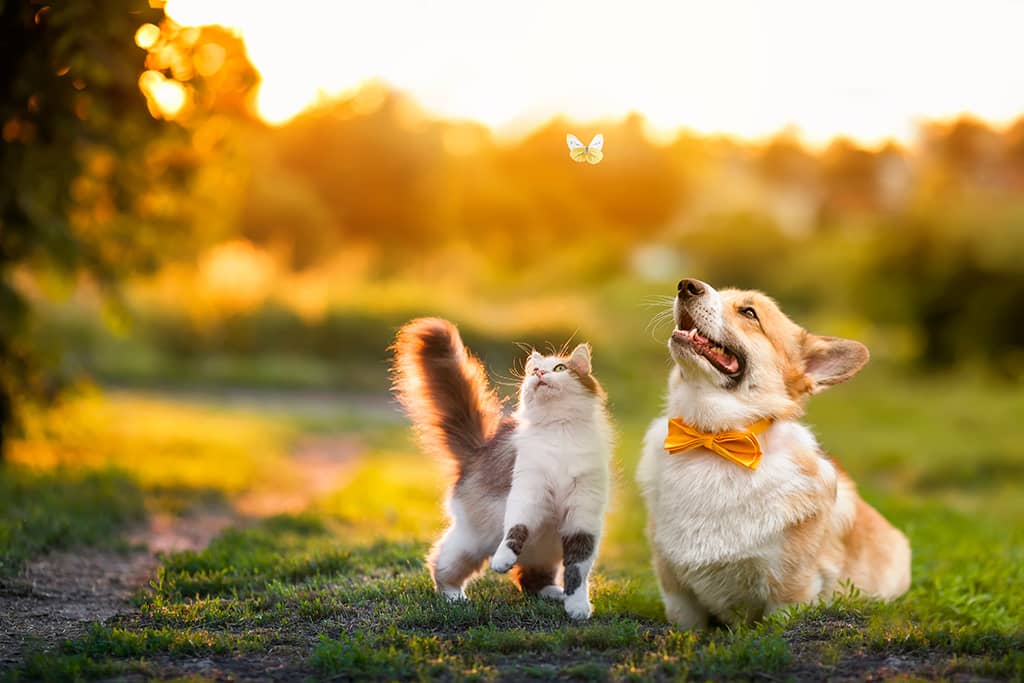
Other important facts about Grain free and Grain inclusive food.
The exact same major nutritional health benefits are provided by both a grain free or a grain inclusive recipe. Both recipes are formulated against the same set of strict guidelines, which ensures they provide all the required nutrients, meaning they are complete, and the nutrients are in the right proportions, meaning they are balanced. If needed, both types of diets can have extra functional ingredients added.
The manufacturing process will be the same, no matter the mix of ingredients in the recipe. This makes sure the final product is highly digestible, so it is easy on the digestive system, and all the goodness has been sealed into each kibble, making the food very palatable.
In the end, it is the pet owner who will decide if their pet is fed a grain free or grain inclusive recipe.


